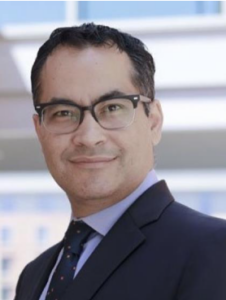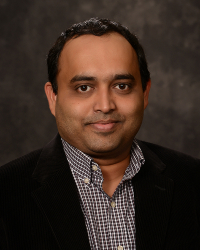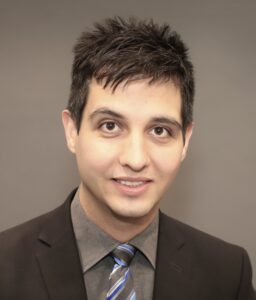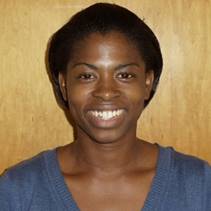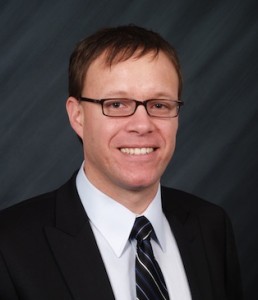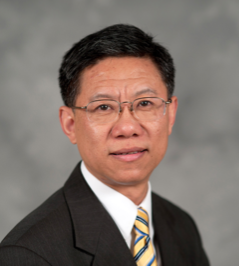 Webex Link: http://s.uconn.edu/meseminar
Webex Link: http://s.uconn.edu/meseminar
Abstract: Cell therapy is one of the most promising new treatment approaches over the last decades, demonstrating great potential in treating cancers, including leukemia and lymphoma. For example, the chimeric antigen receptor (CAR) T cell therapy has shown innovative therapeutic effects in clinical trials, leading to a recent approval by FDA as a new cancer treatment modality. However, production of such therapeutic cells is extremely expensive due to the complexity of biomanufacturing processes/systems and the intrinsic patient-to-patient variability. There is an urgent need for research and development for scalable, cost- effective biomanufacturing technologies. One of such technologies is real-time process sensing, monitoring and control. This seminar presents an ongoing research work which aims at developing a real-time process sensing and monitoring technique for an important process step in cell manufacturing: cell expansion. The additively manufactured, impendence-based biosensors developed in this project can measure cell density in a bioreactor during the cell expansion process. A data analytics method is developed and incorporated to enhance the effectiveness of the biosensors for monitoring personalized manufacturing of cells from different patients by eliminating conventional sensor calibration steps. The current results and planned future work will be discussed.
Biographical Sketch: Dr. Chuck Zhang is the Harold E. Smalley Professor at H. Milton Stewart School of Industrial & Systems Engineering in Georgia Institute of Technology. His current research interests include additive manufacturing, biomanufacturing, cybersecurity for manufacturing, and advanced composite and nanomaterials manufacturing. Dr. Zhang has managed or conducted numerous research projects sponsored by major federal agencies including National Science Foundation, National Institute of Standards and Technology, Department of Defense, and Department of Veterans Affairs, as well as industrial companies such as ATK, Cummins, Delta Air Lines, Lockheed Martin and Siemens. He is a fellow of IISE. Dr. Zhang has published over 200 refereed journal articles and 220 conference papers. He also holds 25 U.S. patents.
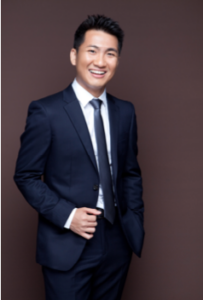
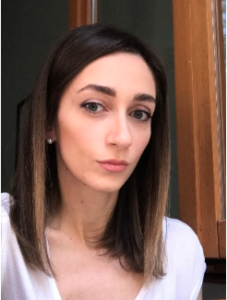 Webex Link:
Webex Link: 